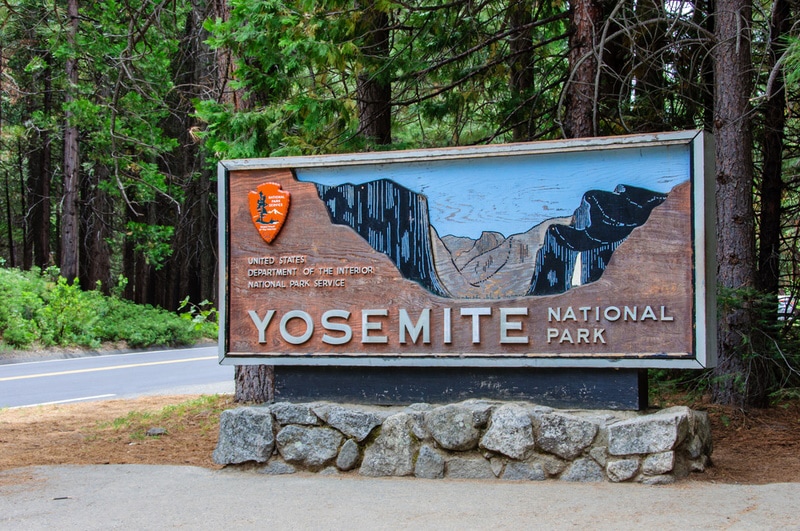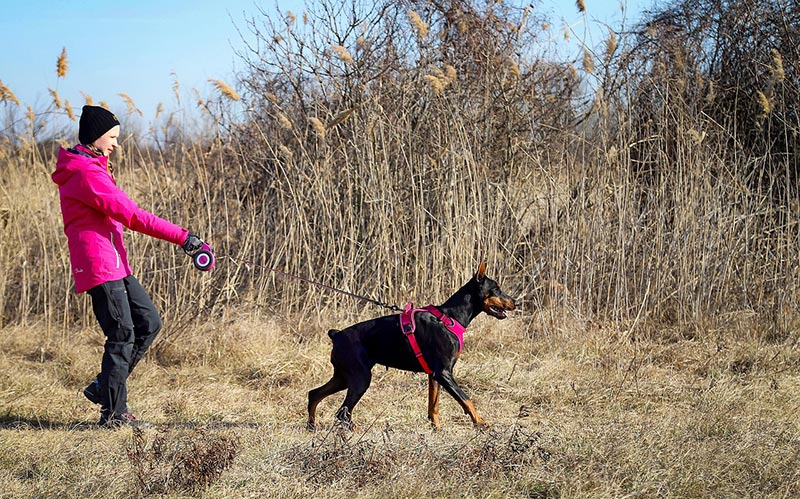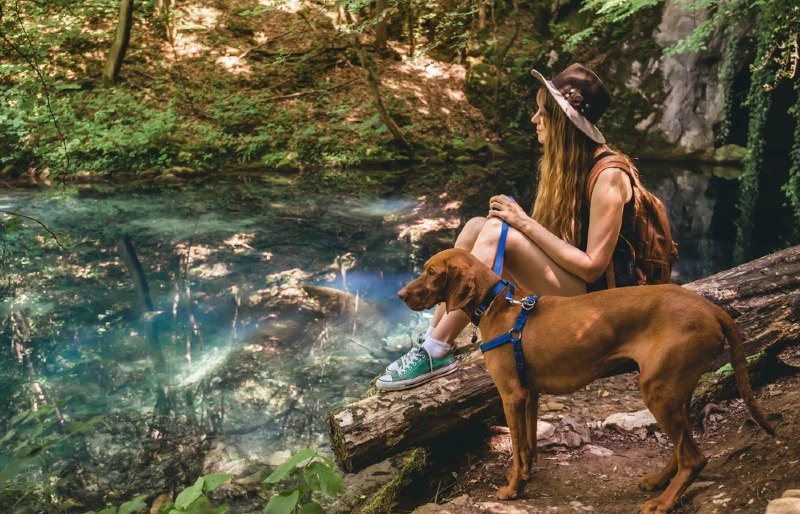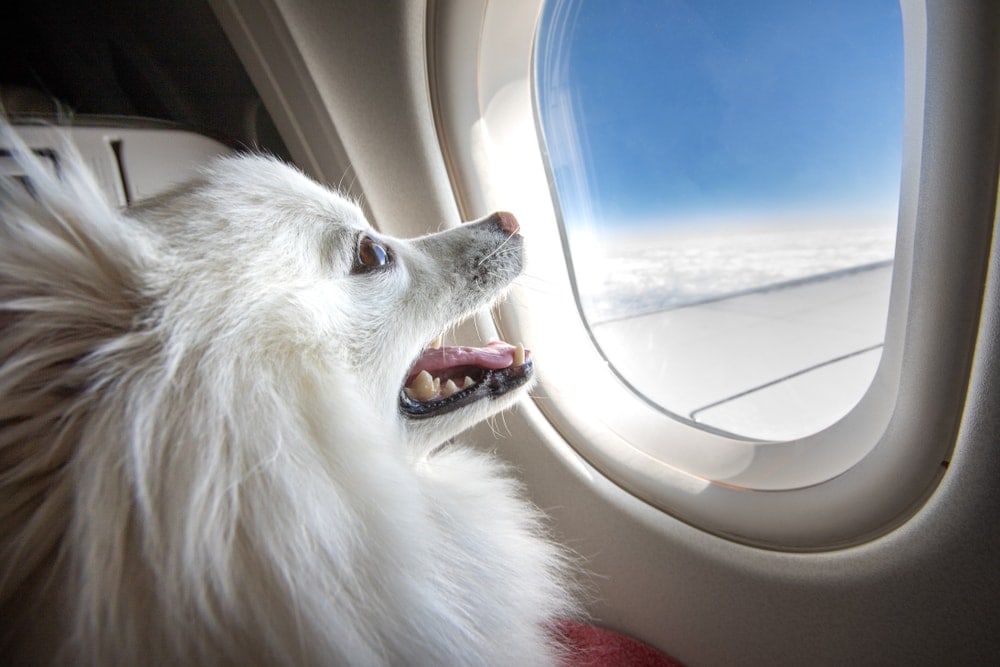Are Dogs Allowed In Yosemite National Park? 2024 Update
By Brooke Bundy
Updated on

A trip to Yosemite National Park is an exciting once in lifetime experience for many people, unless you live out West or travel regularly. Your dog brings so much joy to your life, you don’t want them to miss out on the adventure—or your pet-sitting plans fell through. Either way, you’ll be relieved to know that dogs are welcome on many trails at Yosemite, including some iconic walkways and landmarks. There are some restrictions, however, as well as a few things to know before you go.
Where Can My Dog Visit at Yosemite National Park?
Containing 747,956 acres, Yosemite National Park is roughly the size of Rhode Island. Granite rocks, waterfalls, and gentle giant Sequoias reside within its borders. The unique scenery and history make this park one of the top spots on many travelers’ bucket lists.
Your dog is allowed to trot along the paved trails, but a general rule of thumb (or paw) seems to be that they’re not allowed on most unpaved trails. Unfortunately, this includes the wilderness areas and free camping zones that make up a large percentage of the park.

Here’s a quick run-down of the most popular places in Yosemite where Fido can go and where they’re not allowed:
| Popular Places in Yosemite National Park | Pet-friendly |
| Mariposa Grove | No |
| Shuttle Services | No |
| Lower Yosemite Falls Trailhead | Yes, on paved trails |
| Yosemite Valley | Yes |
| Designated Campsites | Yes |
| Wilderness Areas | No, including free camping |
| Bridalveil Falls | Yes |
| Vernal Falls | No |
| Mirror Lake | No |
| Public Buildings | No |
| Horsetail Falls Trail | No |
| Cook’s Meadow | Yes |
| Glacier Point | Yes |
| Tunnel View | Yes |
As you can see, you have a myriad of options for hiking with your dog. As an added perk, most of the hikes are only a couple of miles or less, so you can easily tackle more than one in a day if you don’t have long to stay.
Keep in mind that not all trails may be open year-round, especially after November when the roads are likely to be covered in ice and snow. May through September are the most popular months for visiting Yosemite. After all, the snow has melted, the waterfalls are streaming, and the kids are out of school. If you want to skip the crowds while still seeing the sights, try to plan your trip in early spring or late fall.
Pet-Friendly Lodging Near Yosemite
Since Yosemite National Park takes up almost as much space as a small state, it’s really more of a community than a singular location. You’ll be surprised at how many different types of stays you can book on your trip. Whether you prefer to spend slow mornings curled in a cozy cabin or braving it in the forest, most options do allow dogs with a few exceptions.
Unfortunately, hotels within the park’s borders aren’t pet-friendly. However, Tenaya Lodge at Yosemite is an excellent alternative. They even offer dog-sitting services in case you want to sneak away to one of the forbidden places where you can’t bring pets, such as Mariposa Grove.
While wilderness camping with your pup is off-limits, you can book a designated campsite for pet-friendly accommodations. There are plenty of privately owned Airbnbs and bed and breakfast lodging both within the park and nearby. The rules vary so you’ll need to individually check.

Some Things to Keep In Mind
Now that you’ve formed a rough idea of places you want to visit with your dog, be sure to brush up on some ground rules before you hit the trail. Most of these guidelines apply anywhere in the United States. Remember, despite being a top tourist destination, Yosemite National Park is still a wild place where your dog can get hurt. You’ll need to make extra sure to comply with the safety guidelines for your dog’s sake (and to avoid the wrath of the park rangers).
When you visit, be sure to:
- Keep your dog on a leash no longer than six foot, unless they’re in a designated leash-free zone
- Scoop the poop and throw it away in a trash can
- Treat your dog’s food like you would your own
- Save emergency contacts on your phone
- Attach some form of identification to your dog’s collar
- Spray them down with dog-friendly bug spray to avoid ticks, fleas, and chiggers
Remember, bears, coyotes, wolves, and other predators call this park their home, so you’ll need to respect their turf, pack away the food, and protect your pup. All Creatures Veterinary Hospital is one of the closest veterinary clinics. Although they’re not a 24/7 vet, they’re usually able to accommodate emergencies that occur during office hours. Their number is (209) 966-3964. We recommend storing it in your phone in case you need it, as well as the kennel at Tenaya Lodge. You should also have a point of contact if you’ll be hiking alone with your dog, and always make sure both of you have some form of identification in case of emergency.

Conclusion
Taking your dog to Yosemite National Park is an unforgettable experience. Staying at Tenaya Lodge, designated campsites, or nearby Airbnbs or bed and breakfasts are probably your best choice for pet-friendly accommodations. Unfortunately, pets are prohibited from camping in the wilderness or staying in hotels within the park. Most of the popular trails are open to your pup, but some off-road adventures may be off-limits. If you’re not sure, call before you go, especially if you’ll be traveling during the colder months where some trails may be closed to humans as well due to weather.
See Also:
Featured Image Credit: Maks Ershov, Shutterstock










